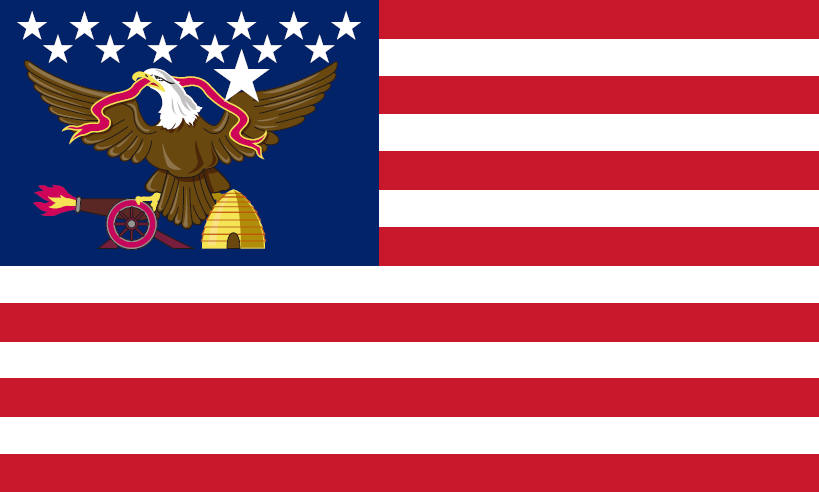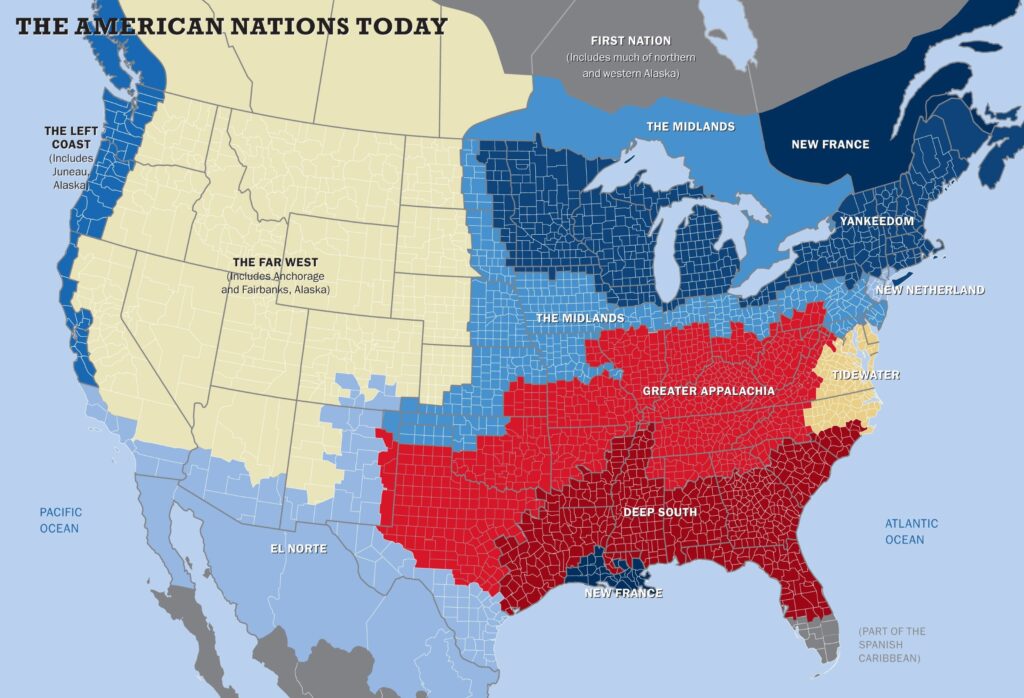
American Nations: A History of the Eleven Rival Regional Cultures in North America (by Colin Woodard – 2011)
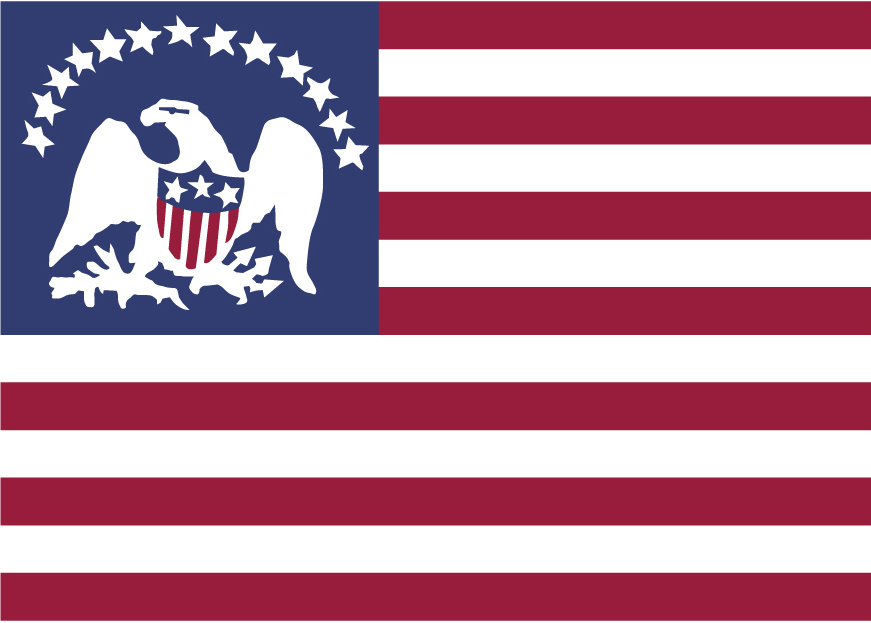
1. First Nations
700 Cahokia, Illinois was founded by the native Mississippian mound-builder culture, which flourished until it became deserted around 1350 due to unknown reasons.
1100 Oraibi, Arizona was founded by the native Hopi, a Puebloan people, who still live there – making it the the oldest continuously inhabited town in America.
1200 Acoma Pueblo (“Sky City”), New Mexico was founded by the native Acoma, a Puebloan people, who still live there.
1539: Zuni Pueblo, New Mexico was founded by the native Zuni, a Puebloan people, who still live there.
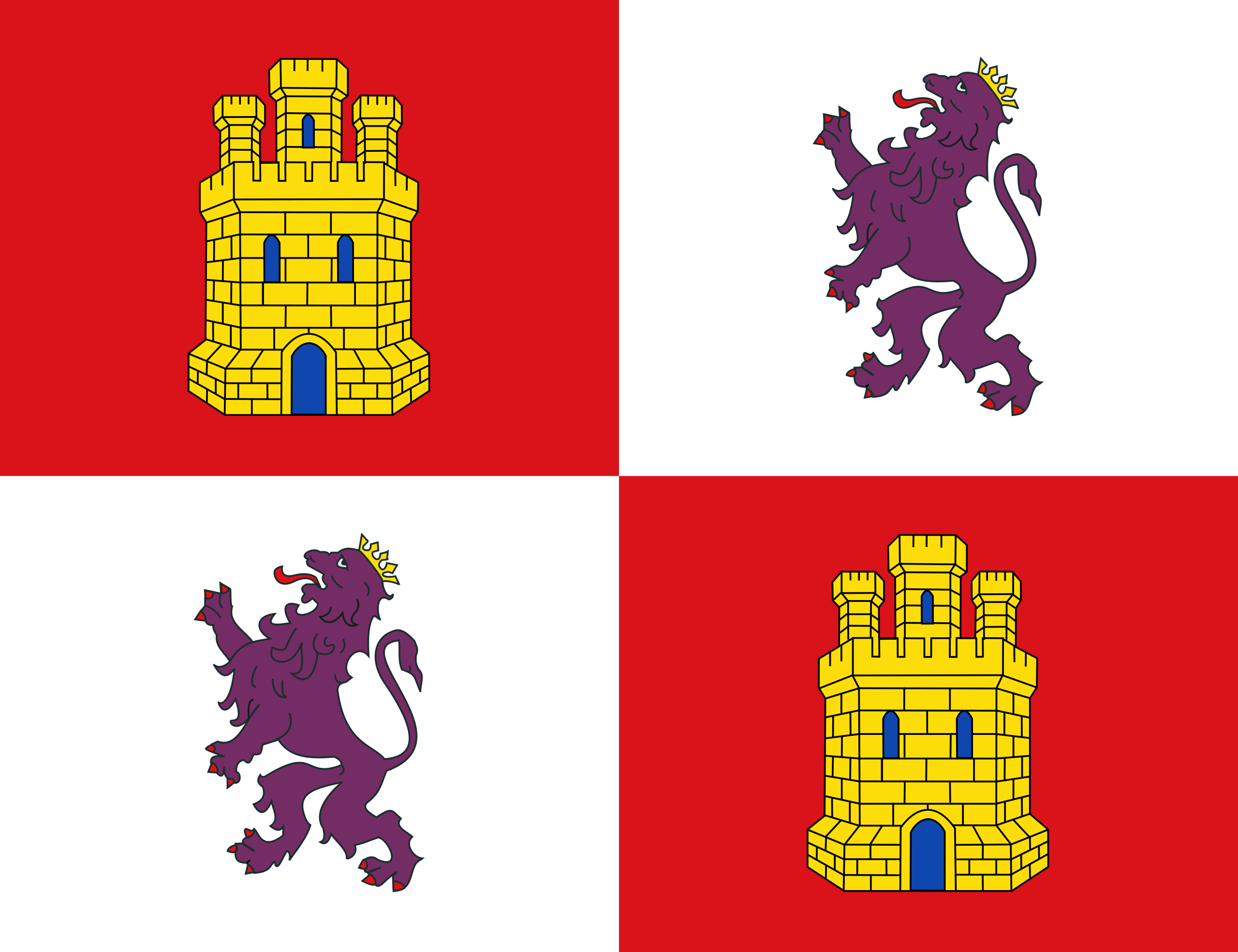
2. Spanish Caribbean
1492 Christopher Columbus sailed the ocean blue, on the Niña, Pinta, and Santa Maria—he left from Palos de la Frontera, Spain. Columbus and his ships landed on an island that the native Lucayan people called Guanahani. Columbus renamed it San Salvador.
1508 Caparra (San Juan, Puerto Rico) was founded by Juan Ponce de León, a Spanish explorer, under Christopher Columbus, founded the first European settlement in what is now the territory of the United States. The area was inhabited by the native Taíno people.
1555 St. Croix (U.S. Virgin Islands) is settled by the Spanish, with English and French settlers arriving from 1625, with claims disputed between Spain, France, Britain, and the Netherlands. The Danish West India Company settled on St. Thomas in 1672 and St. John in 1694, later purchasing St. Croix from France in 1733. The islands became royal Danish colonies in 1754.
1559 Pensacola, Florida established by Don Tristan de Luna and Spanish settlers, but was abandoned two years later due to a hurricane. Pensacola was reestablished in the late 1600’s.
1565 San Agustin (St. Augustine, Florida) was founded and planned by Spanish admiral Don Pedro Menéndez de Avilés, Florida’s first governor, during the reign of King Philip II of Spain. The area was inhabited by native Timucua people. It is the first post-Columbian planned community in what is now the United States.
1566 Saint Marys, Georgia was founded by Spain. Spanish occupation of Georgia ended in 1686 due to English intrusion.
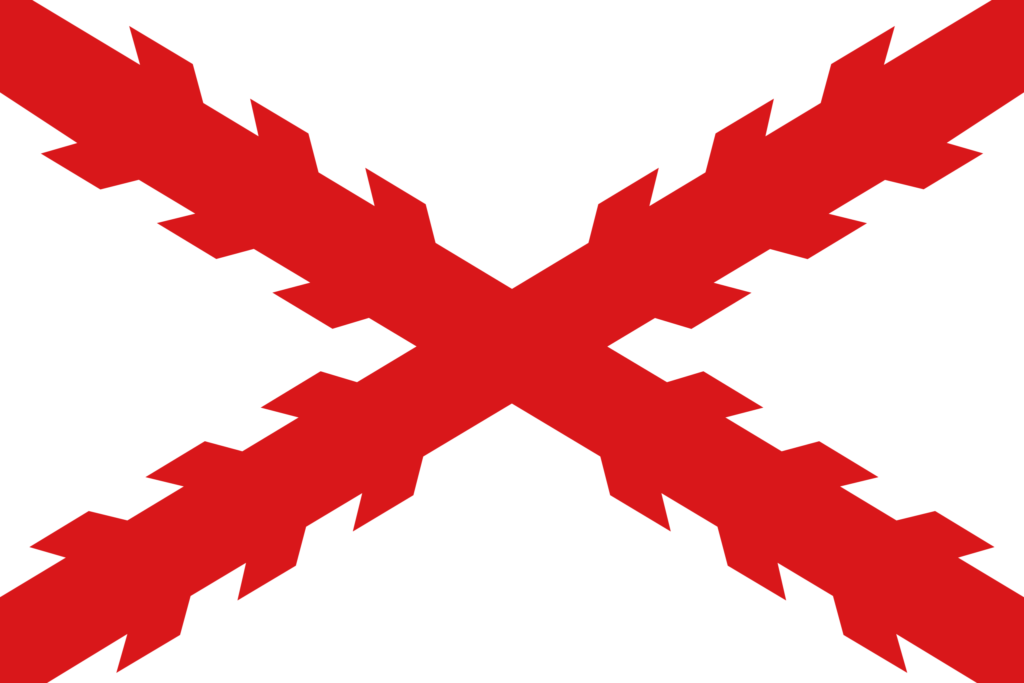
3. El Norte
1598 Española, New Mexico (Nuevo México) was founded by Spain.
1607 La Villa Real de la Santa Fe de San Francisco de Asís (‘The Royal Town of the Holy Faith of Saint Francis of Assisi’) (Santa Fe, New Mexico) was founded in the Spanish Kingdom of New Mexico, during the reign of King Phillip III of Spain. The area was inhabited by the native Tewa, a Pueblo people.
1769 Presidio and Mission San Diego de Alcalá, Alta California was established as part of New Spain.
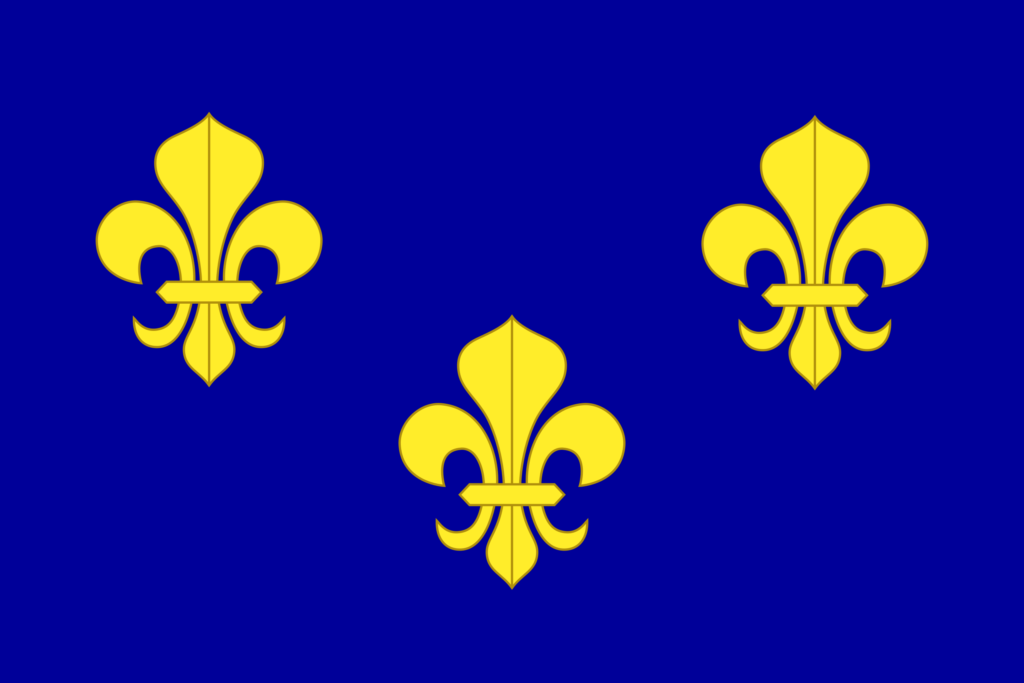
4. New France
1604 St. Croix Island, Maine (bordering Nova Scotia, Canada) was initially settled by the French, including Samuel de Champlain, Pierre Du Gua – Sieur de Monts, and Mathieu da Costa (a free black man). Settlement was only temporary.
1605 Habitation at Port-Royal was founded in Acadia (a colony of New France; now Nova Scotia) by the French – it’s the first permanent settlement in what is now Canada.
1608 Quebec City is founded by Samuel de Champlain, as part of New France.
1613 Fort Pentagouët at Castine, Maine was founded by French as a fur trading post to trade with the native Penobscot and Abenaki (which later formed part of the Wabanaki Confederacy, along with the Miꞌkmaq, Maliseet, Passamaquoddy, and others – all Algonquian-language family peoples). It is the oldest permanent settlement in New England.
1634 La Baye des Puants (Green Bay, Wisconsin) founded by Jean Nicolet as a fur trading outpost, as a part of New France.
1642 Fort Ville-Marie (Montreal, Quebec) was founded by Paul de Chomedey – Sieur de Maisonneuve, as a part of New France.
1668 Sault Sainte Marie (Michigan) was founded by Louis Jolliet and Jacques Marquette, as a part of New France. Saint Ignace was founded soon thereafter in 1671, also as a part of New France.
1679 Fort Miami (Saint Joseph, Michigan) was established by the French, led by René Robert Cavelier – Sieur de La Salle, on the banks of what was then called the River Miami as a mission and Indian trading post.
1691 Fort Saint Joseph (Niles, Michigan) was established on land granted to the Jesuits by King Louis XIV of France as a mission and fur trade post.
1699 Fort Maurepas (Ocean Springs, Mississippi) was established as “Old Biloxi”, as a part of New France.
1701 Fort Pontchartrain du Détroit (Detroit, Michigan) was founded by Antoine de la Mothe Cadillac, as a part of New France.
1702 Fort Louis de la Louisiane (Mobile, Alabama) was founded as the first capital of the French colony of La Louisiane by French Canadian brothers Pierre Le Moyne d’Iberville and Jean-Baptiste Le Moyne – Sieur de Bienville, as a part of New France.
1702 Vincennes was founded by French fur traders, including François-Marie Bissot – Sieur de Vincennes, as a part of New France. It was the first permanent settlement in Indiana.
1716 Fort Rosalie (Natchez, Mississippi) was founded as a part of New France.
1718 La Nouvelle Orléans (New Orleans) was founded by Jean-Baptiste Le Moyne – Sieur de Bienville, as a part of New France.
1720 Fort Louis (Biloxi, Mississippi) was settled as a part of New France and the capital of the French colony of La Louisiane was moved here. In 1822 the capital was moved to New Orleans.
1769 Fort Loramie, Ohio was established by Pierre-Louis de Lorimier (a French-Canadian) as a fur trading post.
1779 Chicago was established by Jean Baptiste Point du Sable, of the French colony of Saint-Domingue (Haiti), as a trading post. Du Sable was of African descent.
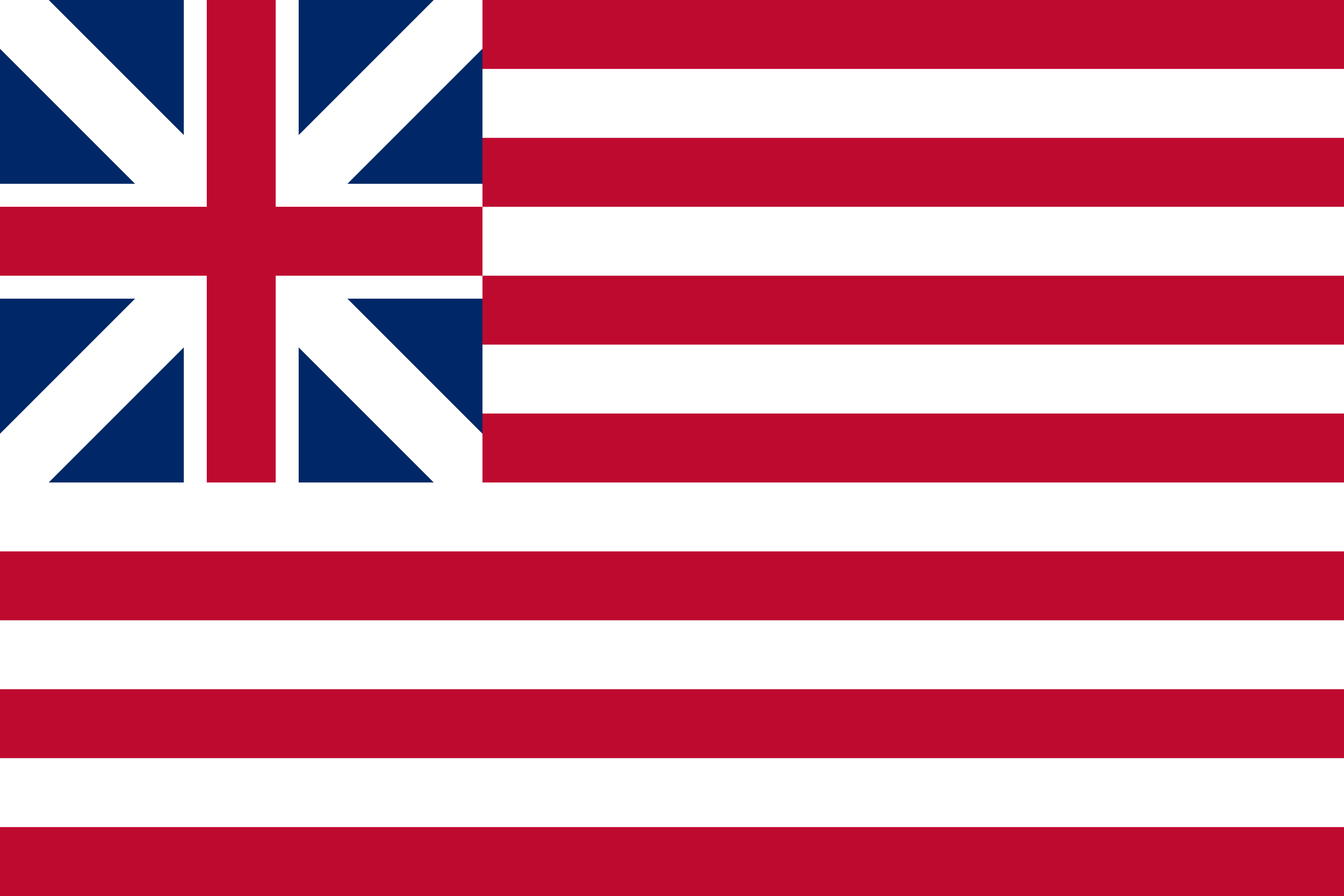
5. Tidewater
1585 Roanoke Colony (North Carolina) founded by Governor Ralph Lane and approximately 112–121 colonists via Sir Walter Raleigh, during the reign of Queen Elizabeth I of England and Ireland. Virginia Dare was the first English child born in a New World English colony (1587). The area was inhabited by native Roanoke and Croatan, Algonquian-language family peoples. The colony was abandoned by 1590.
1607 Jamestown, Virginia established with 104 colonists in May by the Virginia Company of London using the Susan Constant (possibly Sarah Constant), Godspeed, and Discovery, during the reign of King James I of England and Ireland and the VI of Scotland. The area was inhabited by the native Powhatan Confederacy, an alliance of Algonquian-language family peoples.
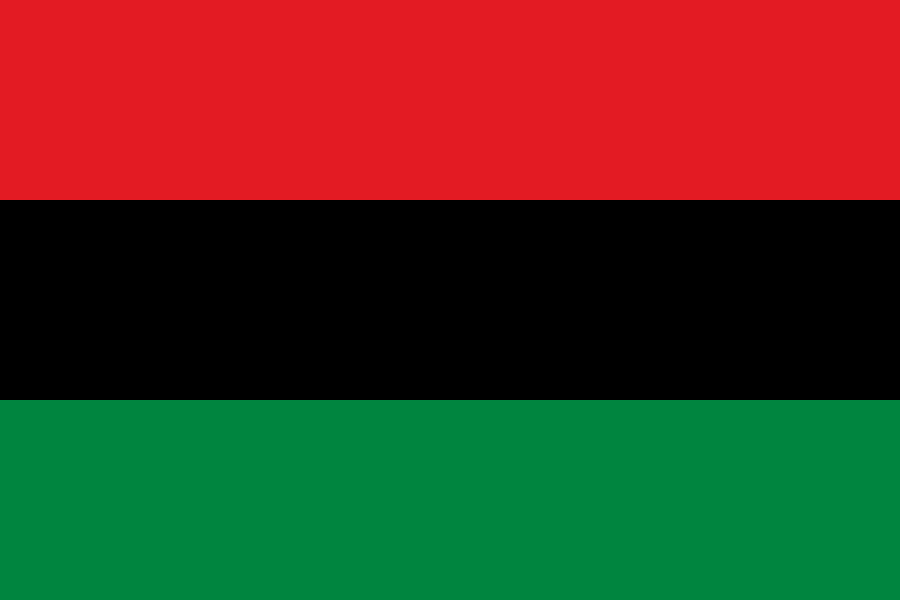
1619 First Black African slaves in what is now the United States. Twenty-some Angolans, kidnapped by Portuguese slave traders were intercepted by English privateer ship White Lion and brought to the English colony of Virginia where they were bought by English colonists. This arrival of the enslaved Africans in the New World marks a beginning of two and a half centuries of slavery in what becomes the United States.
1632 Middle Plantation is established by English settlers as a fortified settlement on high ground between the James and York rivers. The city became Williamsburg in 1699, when it became the capital of the Colony and then Commonwealth of Virginia, until 1780.
1634 St. Mary’s City is established as first settlement and capital of Maryland, a haven for both Catholic and Protestant Christians. About 128 colonists were brought over by The Ark and The Dove, lead by Cecil Calvert, 2nd Baron Baltimore. The site had previously been inhabited by the native Yaocomaco, an Algonquian-language family peoples.
1658 Albemarle Settlements were first granted by the Virginia Assembly in what becomes North Carolina, south of the Great Dismal Swamp.
1705 Bath, the oldest town in North Carolina, was established by Huguenots, and became the first nominal capital from 1705 until 1722. In 1712 “the Towne on Queen Anne’s Creek” was established. Then it became incorporated as Edenton in 1822, when it also took over as second capital of North Carolina. New Bern was founded two years before Edenton by German Palatines and Swiss settlers, then it served as the third capital from 1743 until Raleigh became the current capital in 1792. The area was inhabited by native Siouan-, Iroquoian-, and Algonquian-language family peoples.

6. Newfoundland
1610 Cuper’s Cove (Cupids), Newfoundland established by John Guy as Britain’s first permanent settlement in Canada.
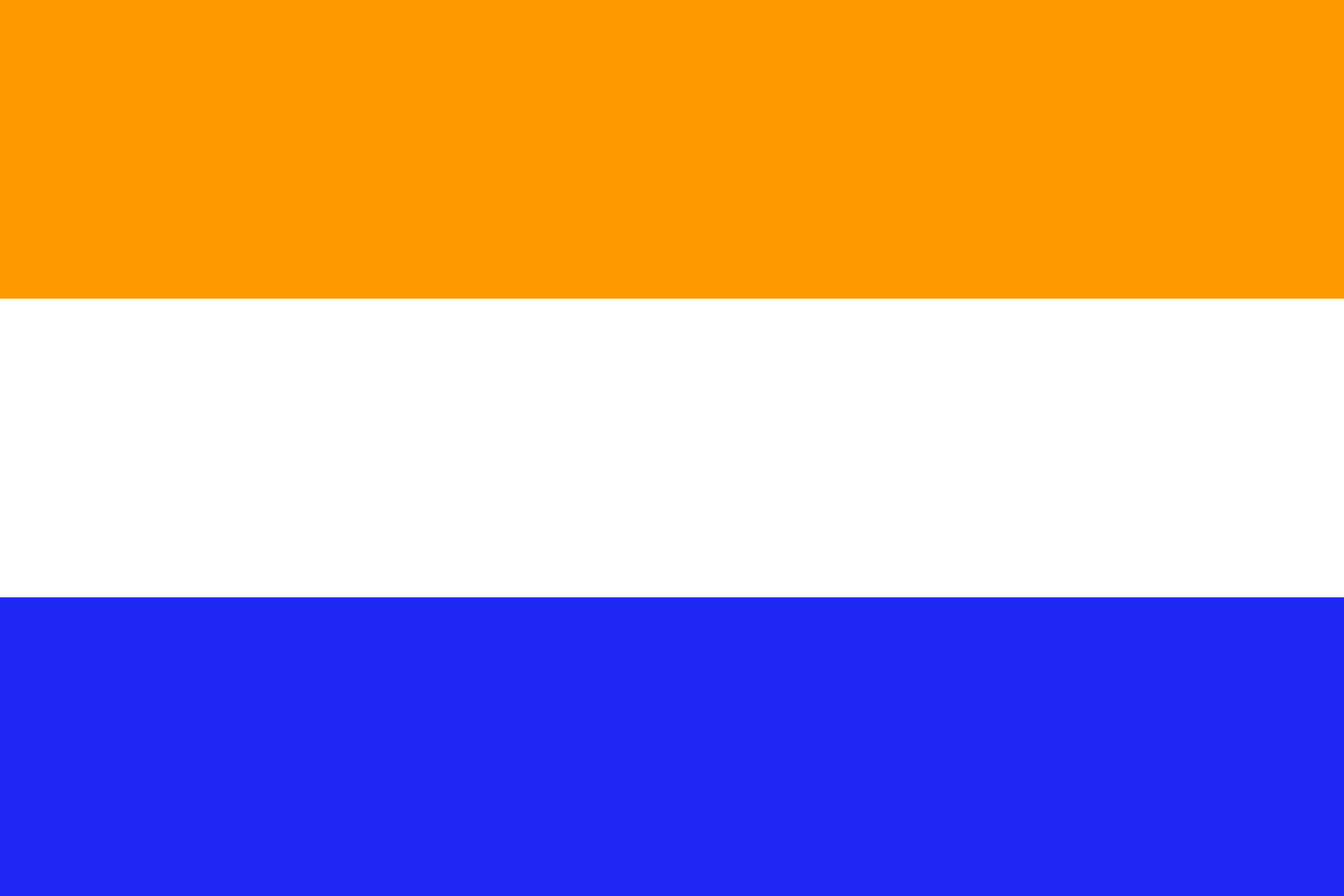
7. New Netherlands
1609 Henry Hudson, an English explorer working for the Dutch East India Company, explored the New York area on the Dutch ship Halve Maen “Half Moon”, thus establishing the basis for Dutch land claims in that area.
1614 Fort Nassau (a.k.a. Fort van Nassouwen – Albany, New York) was founded by Hendrick Christiaensen as the first Dutch settlement in North America, located on Castle Island in the “North River” (Hudson River). Fort Orange was built as a replacement in 1624 – the first permanent Dutch settlement in New Netherland.
1624 New Amsterdam (now New York City) was founded by Dutch West India Company using their ship New Netherland. As legend has it, the Dutch “purchased” the island of Manhattan from the native Lenape (Delaware), an Algonquian-language family people, for the value of 60 guilders (about $1,000 today). In 1664, James, the Duke of York, lead a mission that ousted the Dutch from North America, establishing New York and New Jersey.
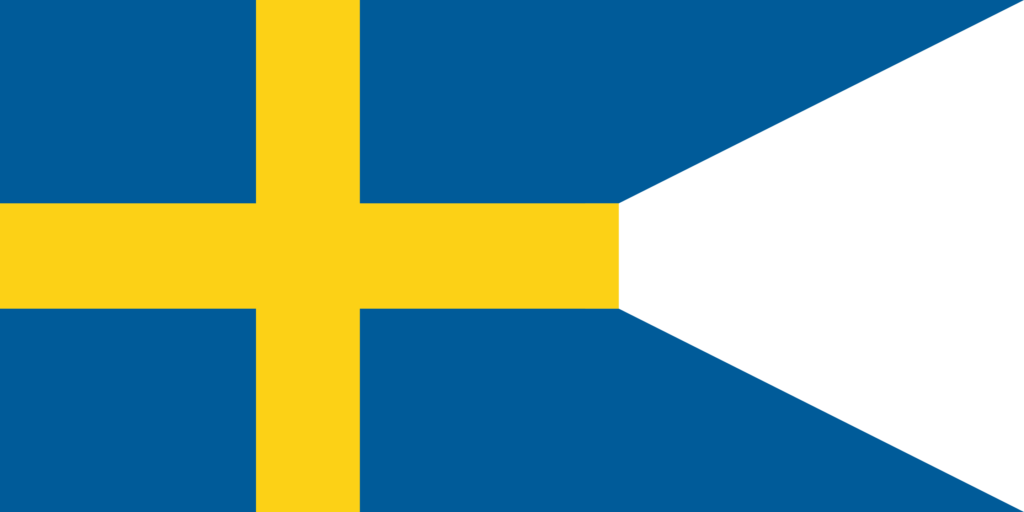
1634 Communipaw, part of Pavonia (Bergen, now Jersey City, New Jersey), first settled as part of Dutch New Netherland. Around 1650 Swedes and Finns established Nya Stockholm “New Stockholm” (Bridgeport), Sveaborg (Swedesboro), and Varkens Kill (Finns Point) as part of New Sweden. In 1655, the Dutch reasserted control over the territory. But in 1664, James, the Duke of York, lead a mission that ousted the Dutch from North America.
1638 Fort Christina (Wilmington, Delaware) established as the first settlement of New Sweden. The Swedes started the American tradition of log homes. In 1655, the Dutch asserted control over the territory. But in 1664, James, the Duke of York, lead a mission that ousted the Dutch from North America. Delaware was named after Thomas West, 3rd Baron De La Warr, the third governor of Virginia.

8. Yankeedom
1620 Plimouth (Plymouth Colony, Massachusetts) established in December by 102 English separatist Puritans (Pilgrims) coming over on the Mayflower, during the reign of King James I of England and Ireland and the VI of Scotland. The native Patuxet band of the Wampanoag tribal confederation were wiped out by disease. The last member of the Patuxet was Tisquantum (Squanto).
1623 Odiorne Point (Rye, New Hampshire) established as part of Massachusetts, until New Hampshire became a separate colony in 1680.
1630 Boston was founded by 700 English reformist Puritans fleeing religious persecution, during the reign of King Charles I of England, Scotland, and Ireland. They came over on eleven ships. They were led by John Winthrop. The area was inhabited by the native Massachusett, an Algonquian-language family people.
1788 Marietta, Ohio was founded by New Englanders as the first permanent U.S. settlement in the Northwest Territory (named for Marie Antoinette, Queen of France, ally in the Revolutionary War).

9. Deep South
1670 Charles Towne (now Charleston) was founded and it was planned in 1672 with approximately 200 people coming over on the Carolina, Albemarle, and Port Royal, during the reign of King Charles II of England, Scotland, and Ireland. It was the first comprehensively planned community in the original thirteen colonies. The area was inhabited by the native Sewee, a Siouan-language family people.
1733 Savannah was founded by General James Oglethorpe and the 120 passengers of the ship Anne as the first city of Georgia, during the reign of King George II of Great Britain and Ireland. The area was inhabited by the native Yamacraw (Lower Creek and Yamasee), a Muskogean-language family people.
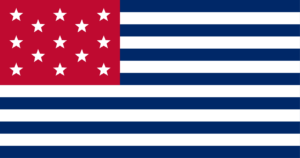
10. Midlands
1682 William Penn’s Philadelphia Plan lays out the City in a grid pattern with five public squares to serve the populace in his “holy experiment.” Colonists came over on the Canterbury, during the reign of King Charles II of England, Scotland, and Ireland. The area was inhabited by the native Lenape (Delaware), an Algonquian-language family people.
11. Greater Appalachia
1774 Harrod’s Town (Harrodsburg) was founded as the first permanent settlement in Kentucky.
1776 Bean Station was established as the first permanent settlement in Tennessee, on land explored by Daniel Boone and William Bean (of Scottish descent), at the crossroads of Daniel Boone’s Wilderness Road and the Great Indian War and Trading Path (Seneca Trail).
1778 Boone’s Station (Fort Boonesborough State Park at Boonesborough) was founded as an early permanent settlement in Kentucky, by Daniel Boone at the western terminus of his Wilderness Road, on the Kentucky River, founding the Colony of Transylvania.
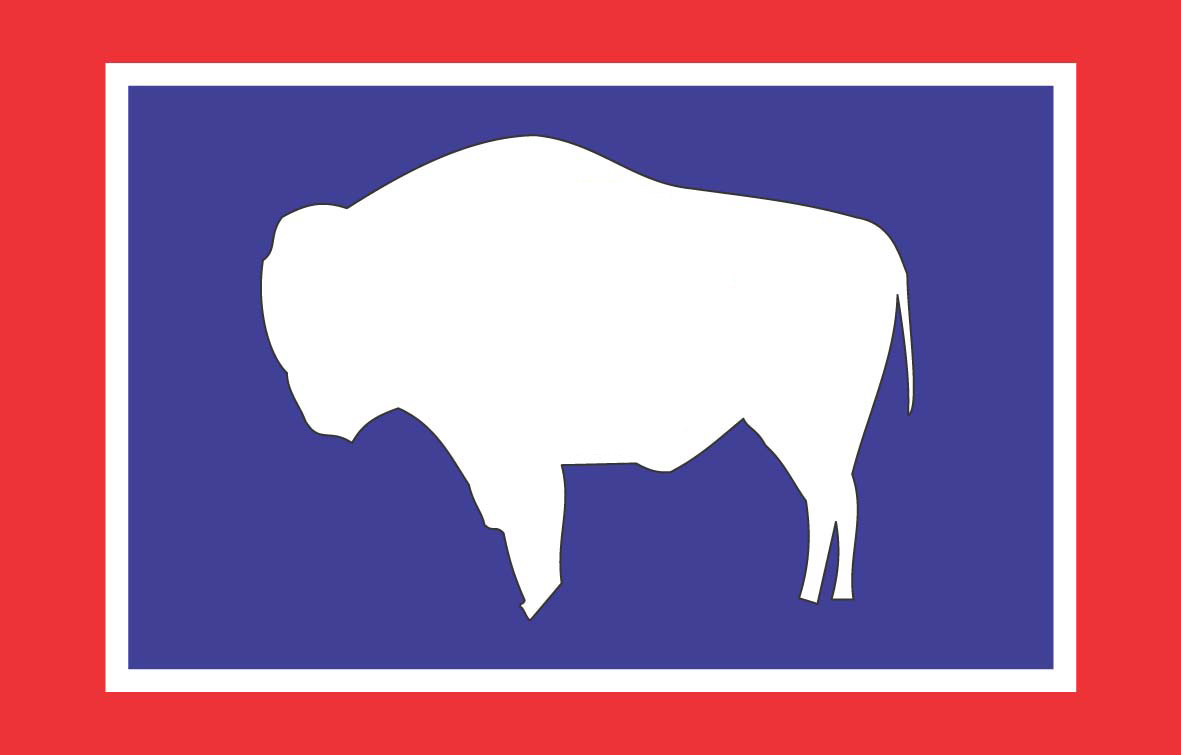
12. Far West
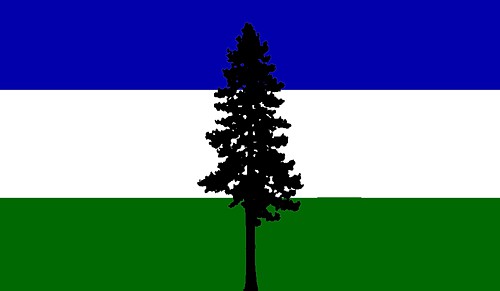
13. Left Coast

14. American Oceania
